Angkor Wat, a masterpiece of ancient architecture nestled amidst the jungles of Cambodia, stands as a testament to the ingenuity and spiritual devotion of the Khmer Empire. Its awe-inspiring beauty, historical significance, and architectural grandeur is almost poetic.
Words from the excerpts of The Cambodian Glory by H.W. Ponder, London. 1936
Photos by Harmeet Sehgal
No one who has ever watched, from the inner Causeway, the dim grey mass of the huge temple gradually taking shape and emerging from the darkness, will be likely to forget the site. Long after all the other stars are extinguished, the ‘Morning Star’ shines on ever more faintly till it too dies in the strengthening light; and vague figures move like ghosts across the colourless scene, taking this way to the village so as to place a flower or a taper at the feet of one of the temple gods: in utter silence save for the bamboo-water containers blood from someone’s carrying pole, which clack softly together as the swing to and fro.
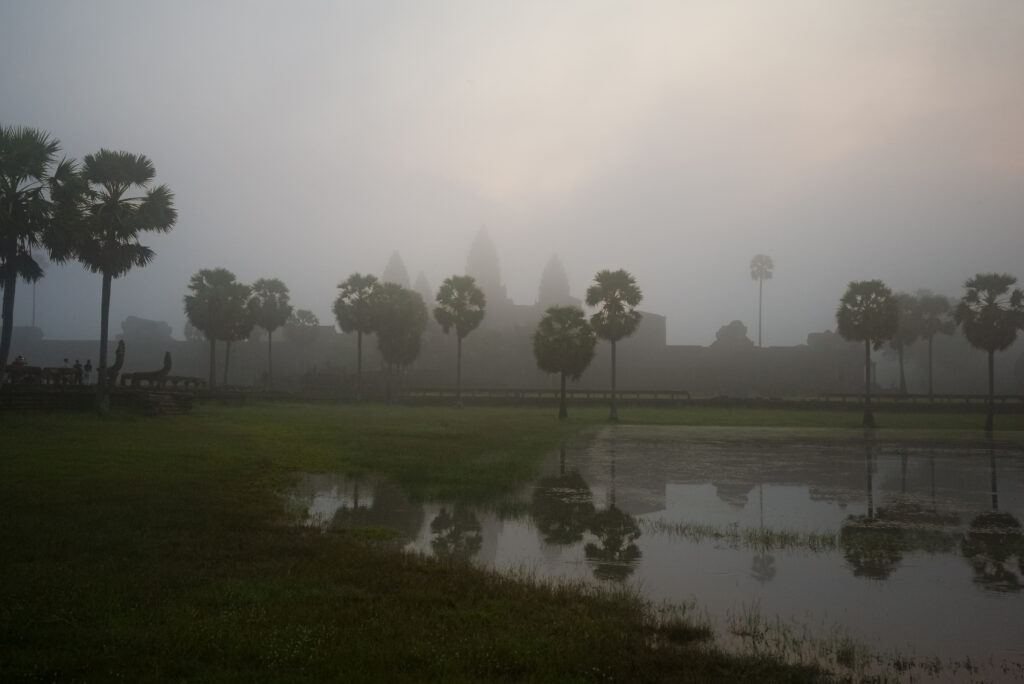
The sun seems long in coming. But as he slowly stretches out one long pale ray in the first morning caress, to awaken the lovely towers as he has done so many thousands of times since first they were unveiled to his delighted gaze. Yet every morning that race seems to rest upon them with the same lingering worship touch; for Angkor Wat is a mistress of whom even my Lord the Sun can never tire.
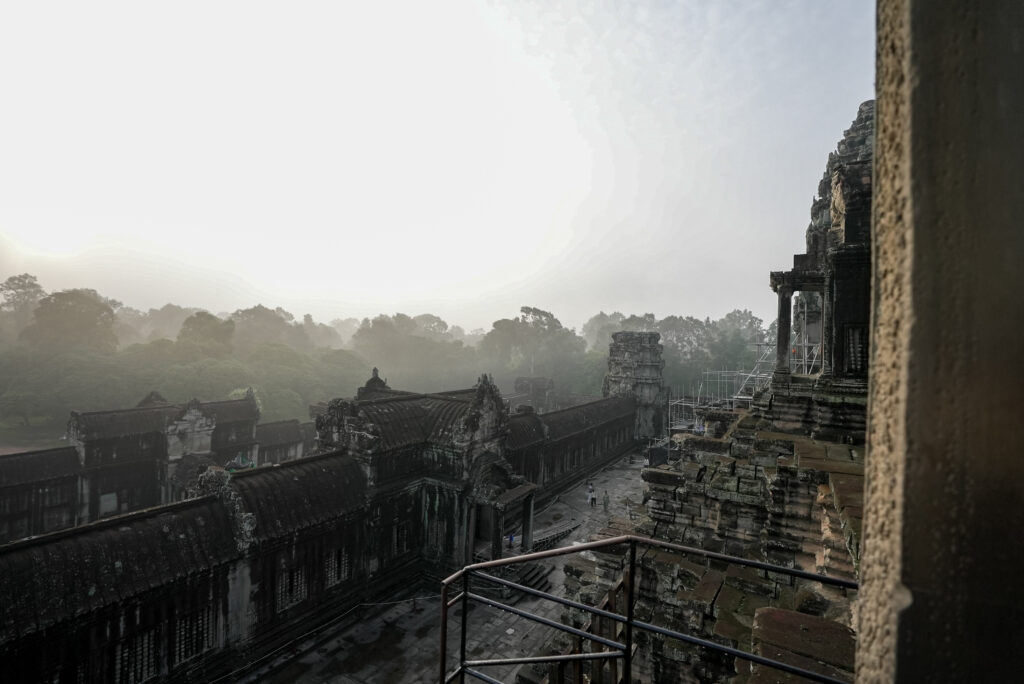
Dawn at the work is exquisite, but sunset is spectacular. As the centre of its gorgeous transformation-scene the enormous pile seems overwhelmingly close, though more fanatically unreal than ever. The wall carvings in the outer western gallery are orange-red panels framed in purple shadow barred by the endless uniform row of square pillars, white-hot in the sun; and the detail of the carving, shining like polished copper and brass where the hands of generations of pilgrims have caressed it, is so defined by the searching rays that you can pick out from a hundred yards or more away, the details of horses in chariots and fighting men in the epic battles of long ago.
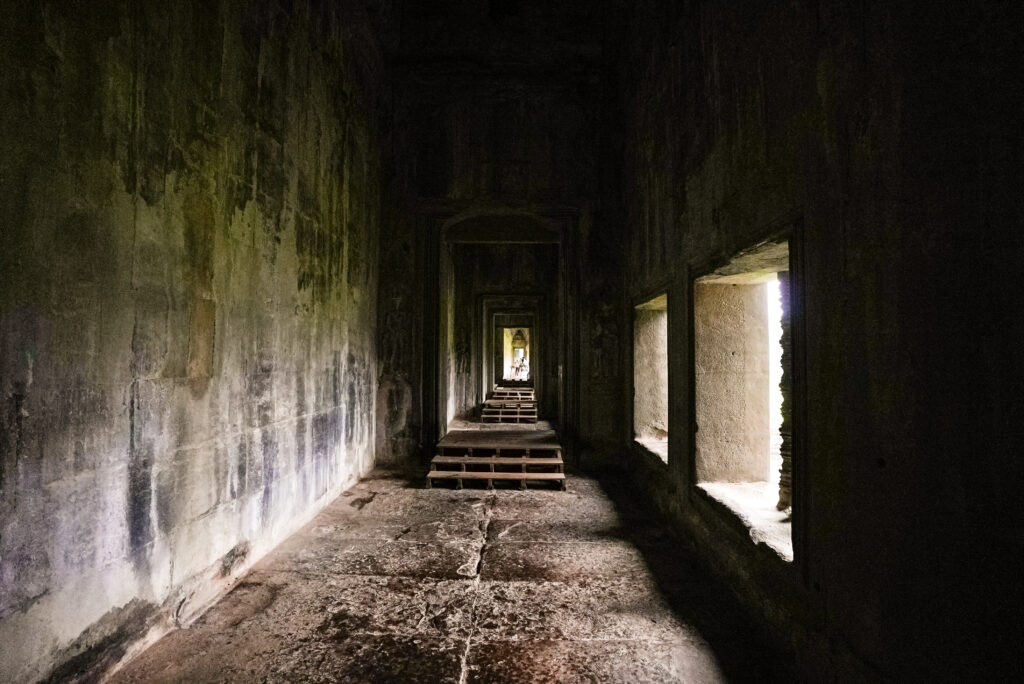
The curved overhanging roof of the gallery is a warm, rosy, purplish brown, in which the pattern of the carved stone ‘tiles’ is clearly visible. But the Central mass above seems in this strange illumination to be soaring to impossible heights, in which it has lost all solidity, and taken on the unsubstantial fabric of mirage.
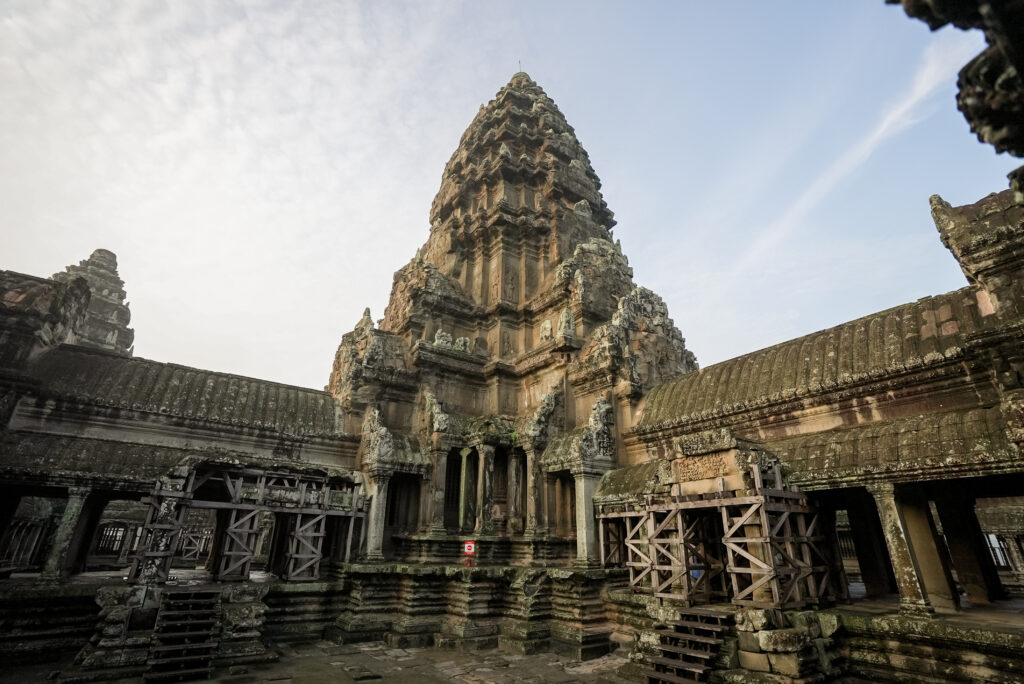
The sun-glow has soaked so deeply into its doorways that only a thread of darkness here and there breaks the ethereal grey-gold lace work of roofs and towers and delicately colonnaded windows, that melt almost as imperceptibly as clouds into the luminous haze of the sky.
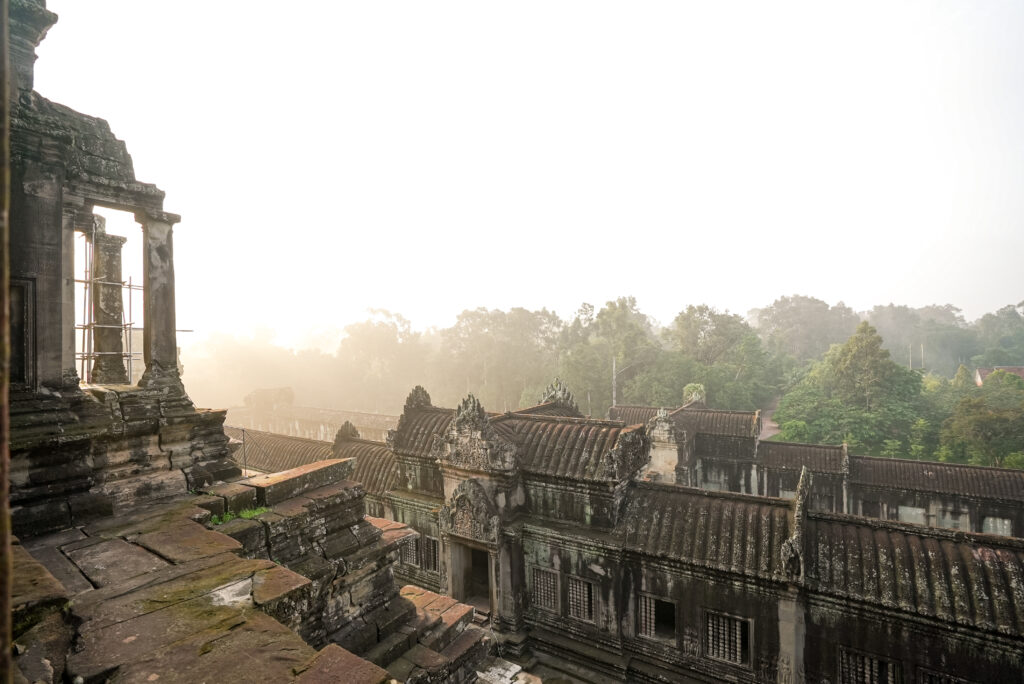
Slowly, while you watch, the coppery glow dies out of the carvings in the gallery, and the battle-scenes vanish as completely as though they had sunk into the stone. The wall, now blank and colourless, seems to recede farther and farther until it is swallowed up in darkness, barred by grim grey pillars. The rosy roof turns first a cold brown and then black, as the sun’s rays leave it; but the golden light rests longer on the upper galleries, pushing its way as the sun sinks lower, even more deeply into porches and doorways until every vestige of shadow within them is chased out of sight.
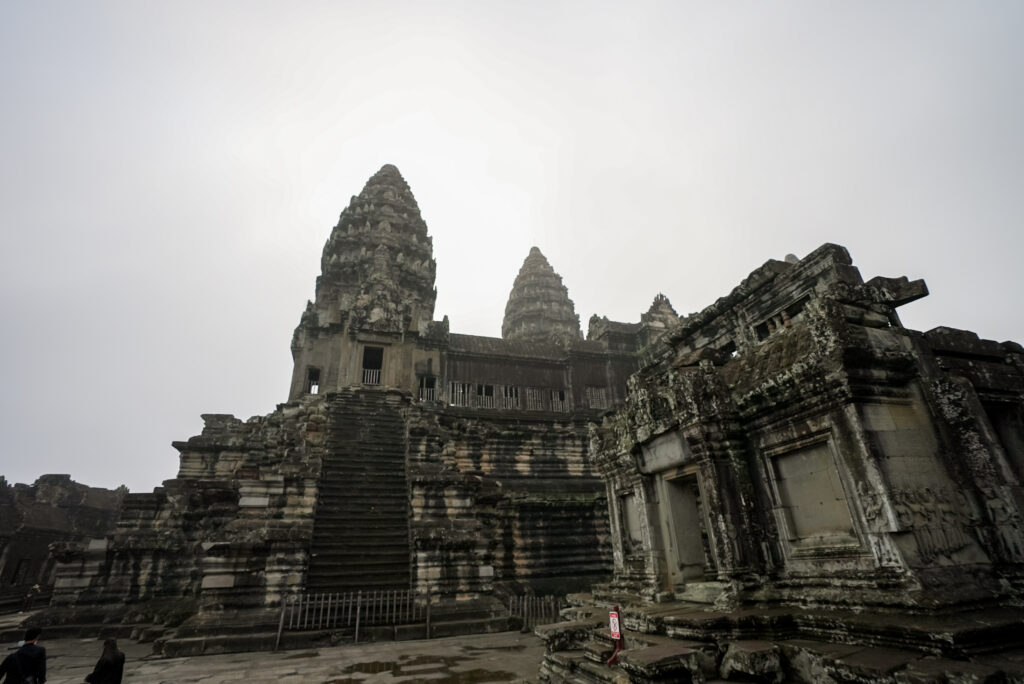
And thus, for an all-too-brief breathing space, the scenes remain unchanged, while behind you the gorgeous crimson globe sinks fiercely beyond the outer façade, reflected in still water of the sacred tank; leaving its heat stored up to the stone on which you sit, sending a glow to your very heart.
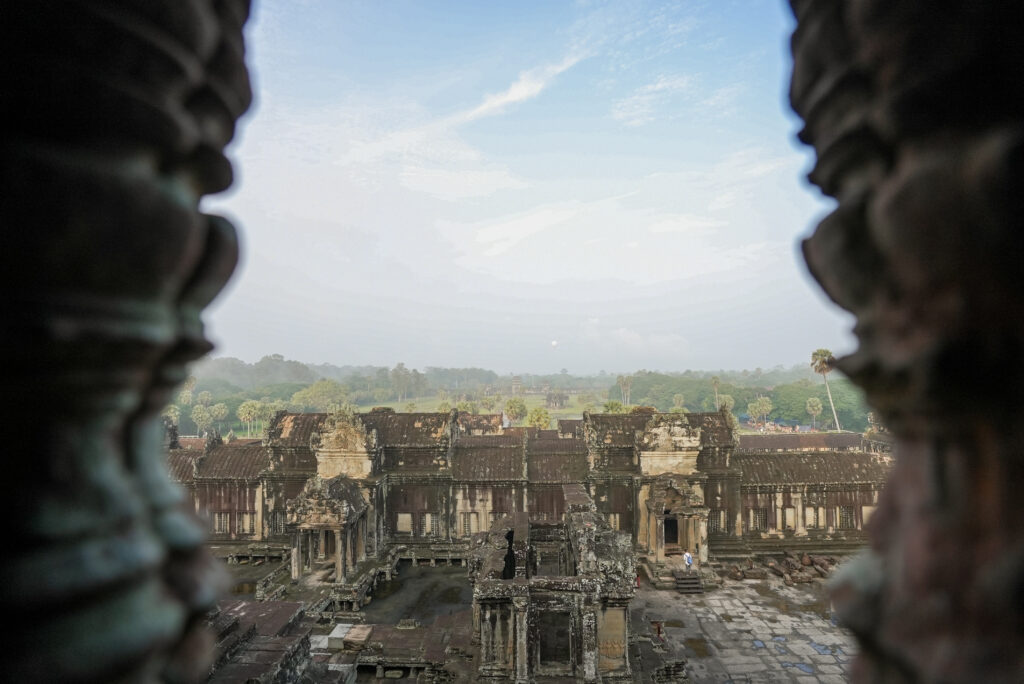
By degrees, the level rays whose light has deepened to orange, creep higher and higher up the towers, slowly abandoning each tier as though ‘reluctant’ to say ‘goodnight’.
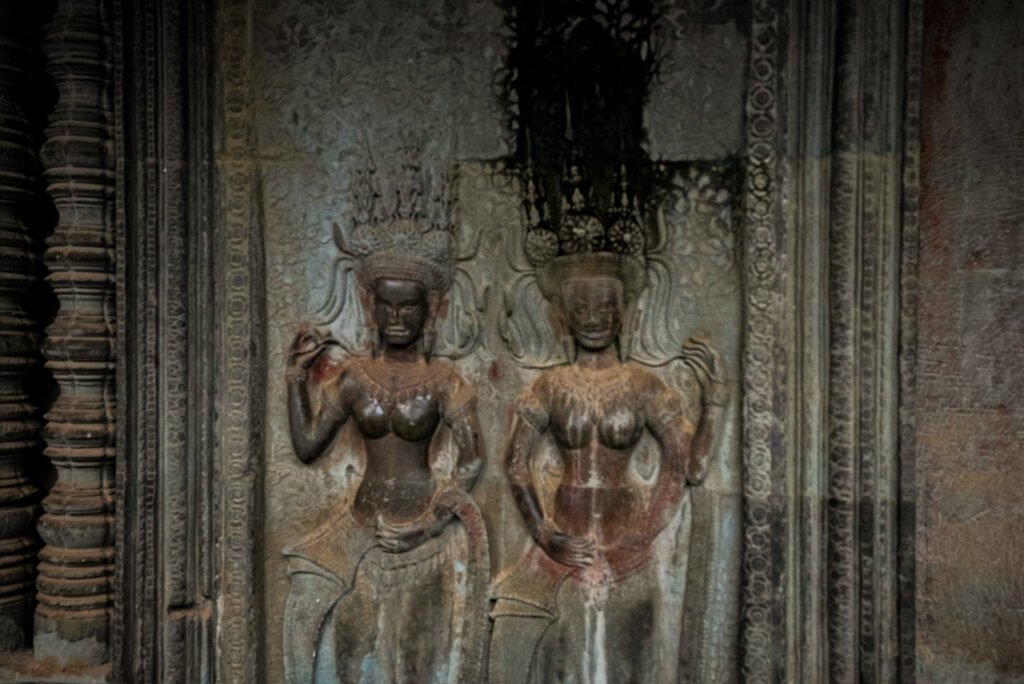
The linger for a moment or two longer on the topmost of them; the tip of the highest central point above the sanctuary blazes like the lamp in a lighthouse for one last second… and suddenly goes out… and then the moon, three quarter full, takes charge of the scene, changing it in the twinkling of an eye from gold to silver; while the Wat, just now so crushingly near, has become a remote, mysteriously mass from which all form and colour has departed, curiously suggestive of a rather indistinct photograph of itself.
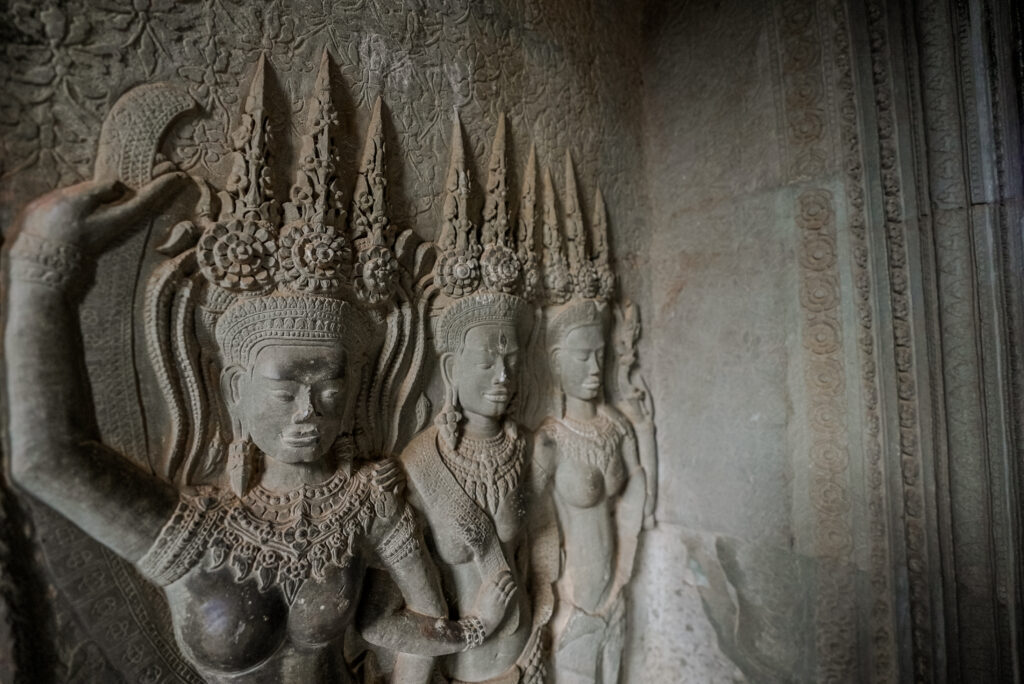
Not that there is any need to wait until nightfall to see the ghosts about you in Angkor Wat. It is full of them although times: ghosts of priests and princess in gorgeous robes, of pilgrims and temple servitors and dancing-girls: and most of all, of the humble thousands who toiled to build and adorn it.

Everywhere in the hot sunshine you seem to see them; slaving and sweating, with bleeding hands and straining sinews, under the whips of the overseers, to the sound of the band music that drowned the cries; dragging and pushing and rolling, and by some magic means we shall never know, raising the huge blocks of stone into their places, and rubbing their surfaces together till the joints were invisible.
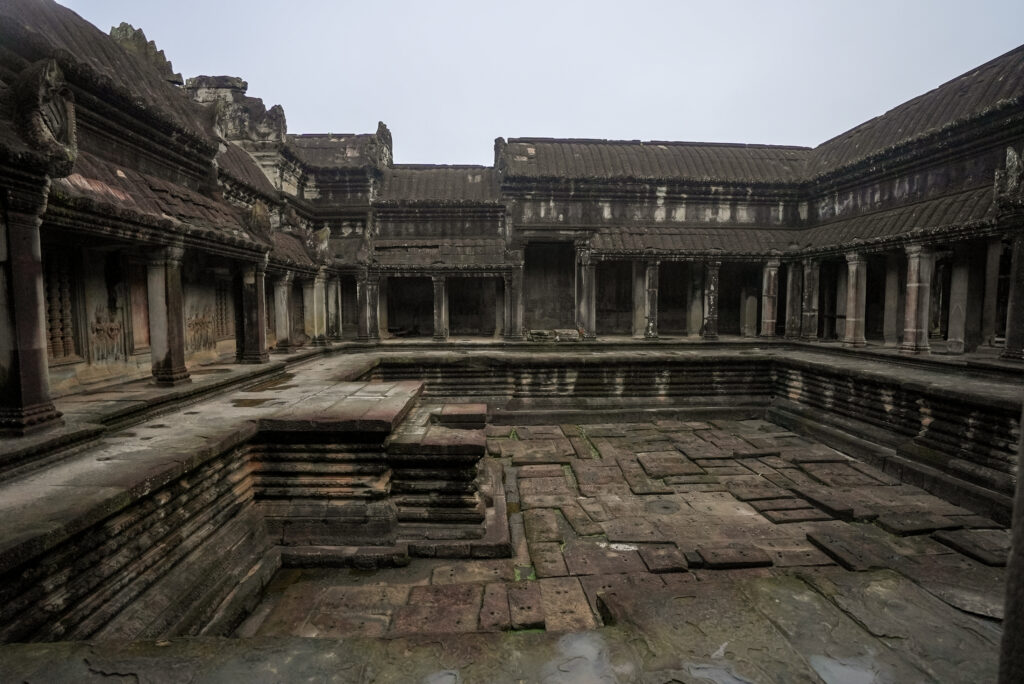
All along the courts and galleries, where the celestial dancer smile down from the walls, and boygone battles were fought again in the carven panorama, it needs little efforts of imagination to hear the tapping of ghostly chisels, or the faint clink as one is laid down to exchange for another. And as you walk softly along the endless galleries of bas-reliefs in the shade made luminous by the glare outside, instinctively you keep well clear of the inner walls, for fear of disturbing the sculptors who, you fancy, look up as you pass from where the squat or stand, or down from their flimsy bamboo scaffolding, with the same dumb, sad glance that their descendants give you when you meet them on the roads or forest parts of Cambodia today.
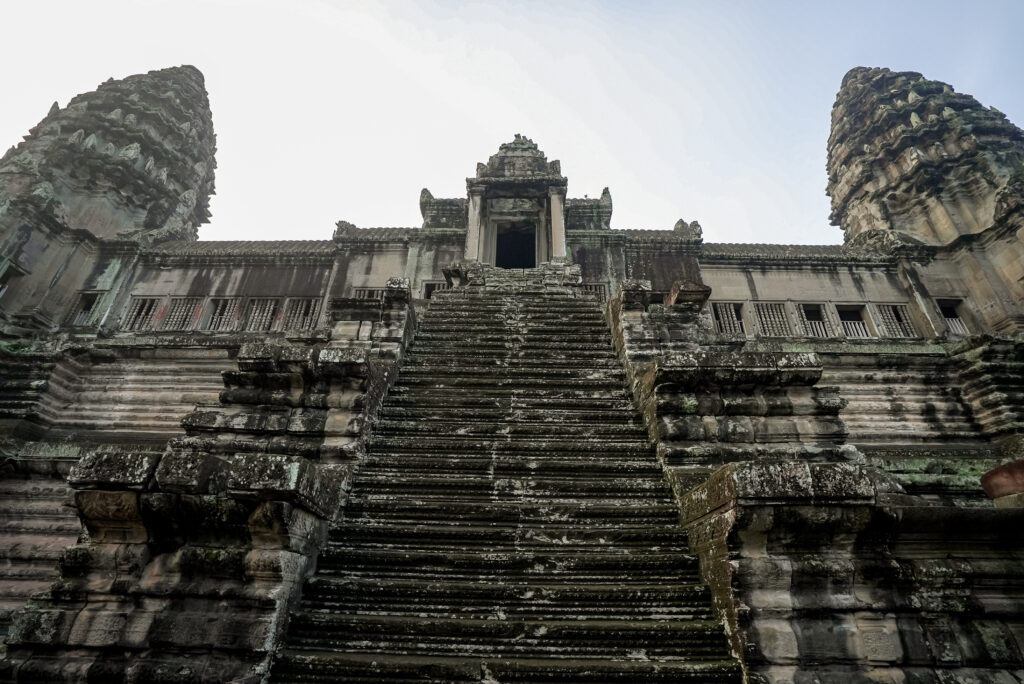
For the most part those highest courts of the Great Wat have about them all the peace of a mountain top, and are disturbed as rarely. You can be as solitary there as he who ‘went up alone into a mountain of pray’; and strangely enough, it is not at dawn or sunset that this lofty eyrie is loneliest, but at midday, and all the world seems to be sleeping in the shimmering sunshine.
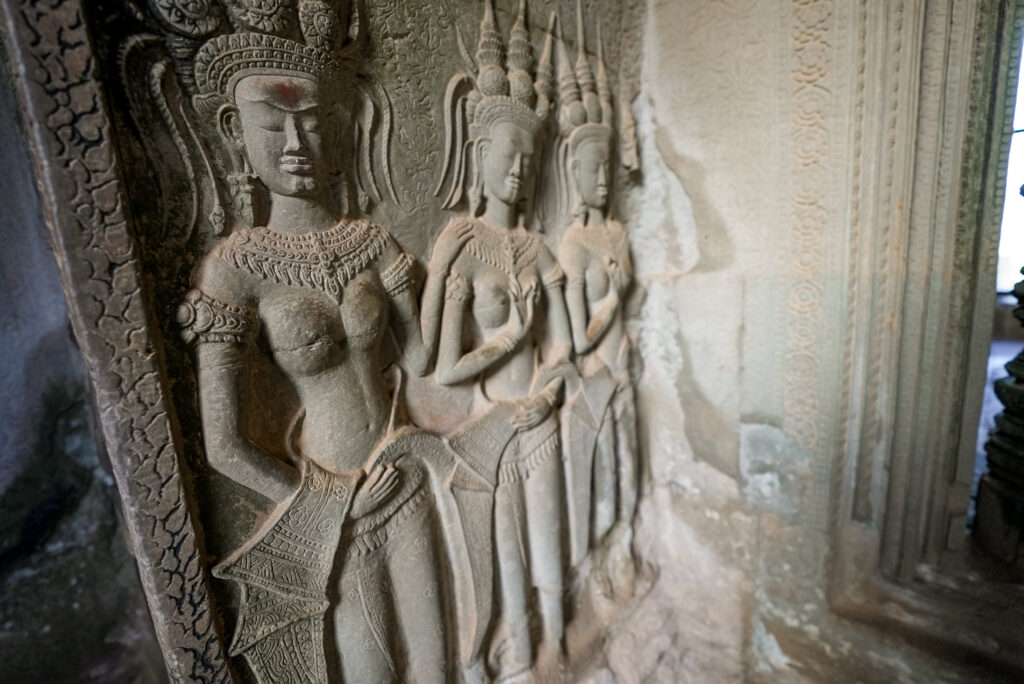
The huge temple is submerged in a hot, breathless silence, into which the tiny twitter of a bat falls now and then like a drop of water into a pool; or perhaps a ‘totek’ lizard will startle the stillness with his queer hoarse call, repeating it more and more faintly until it dies away unfinished, as though he too had drifted off into dreams.
Also read: Serenity on The Mekong

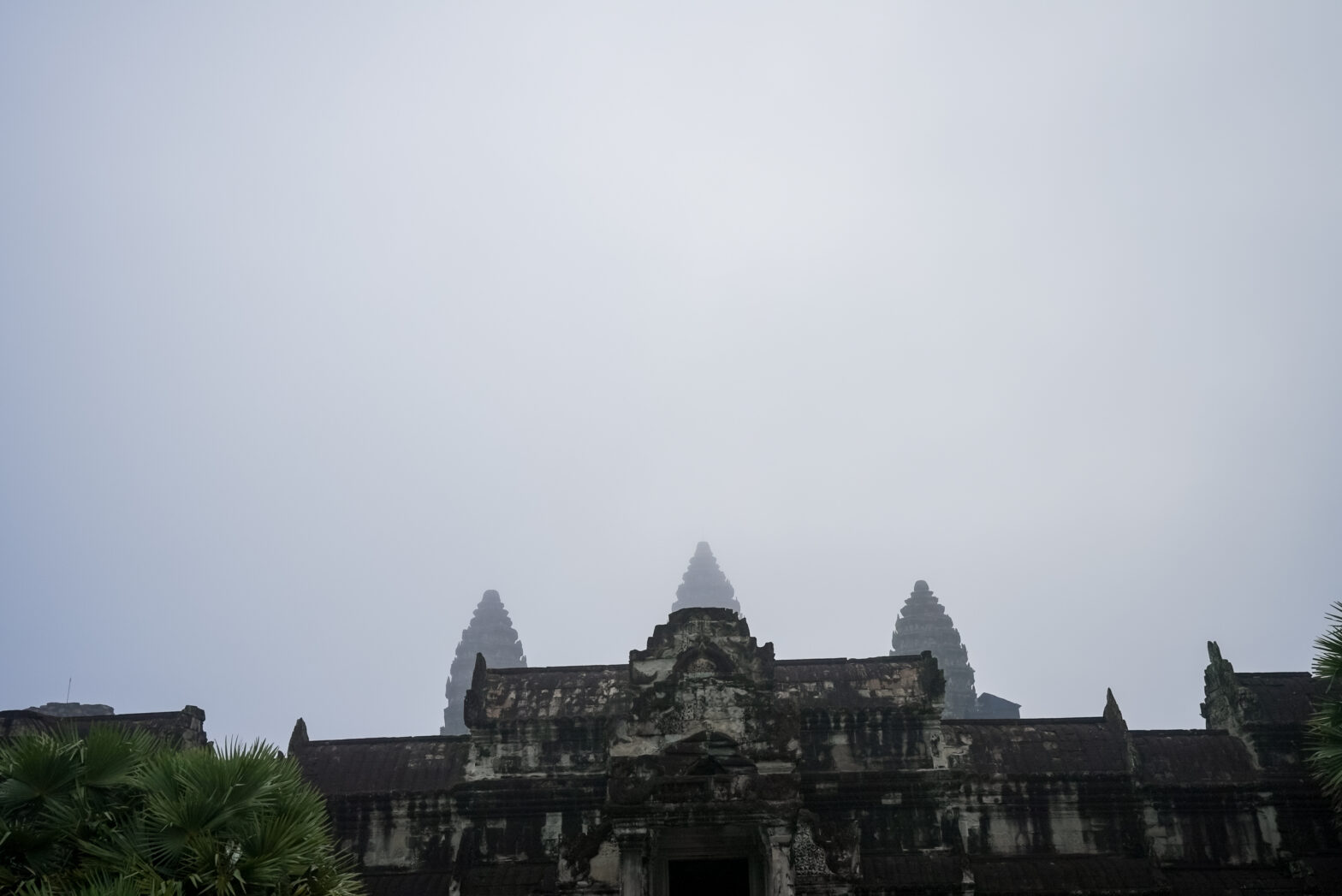


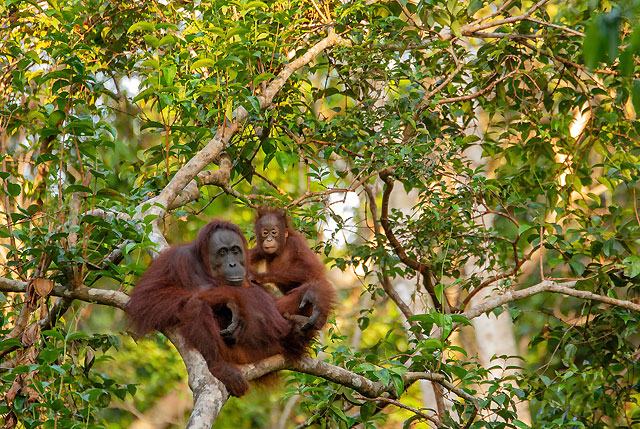

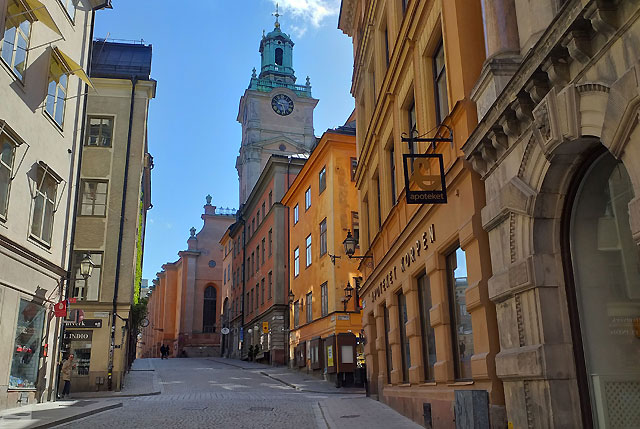
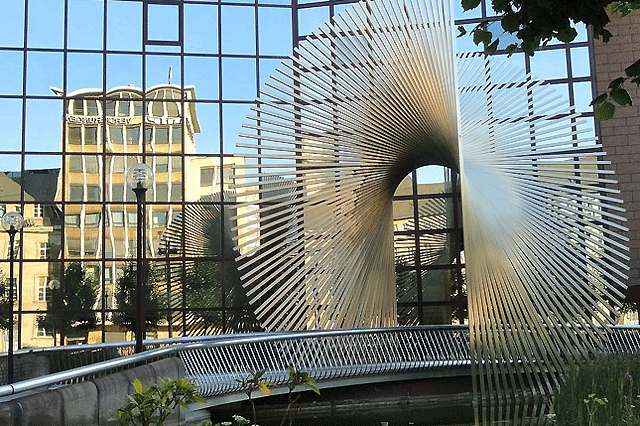

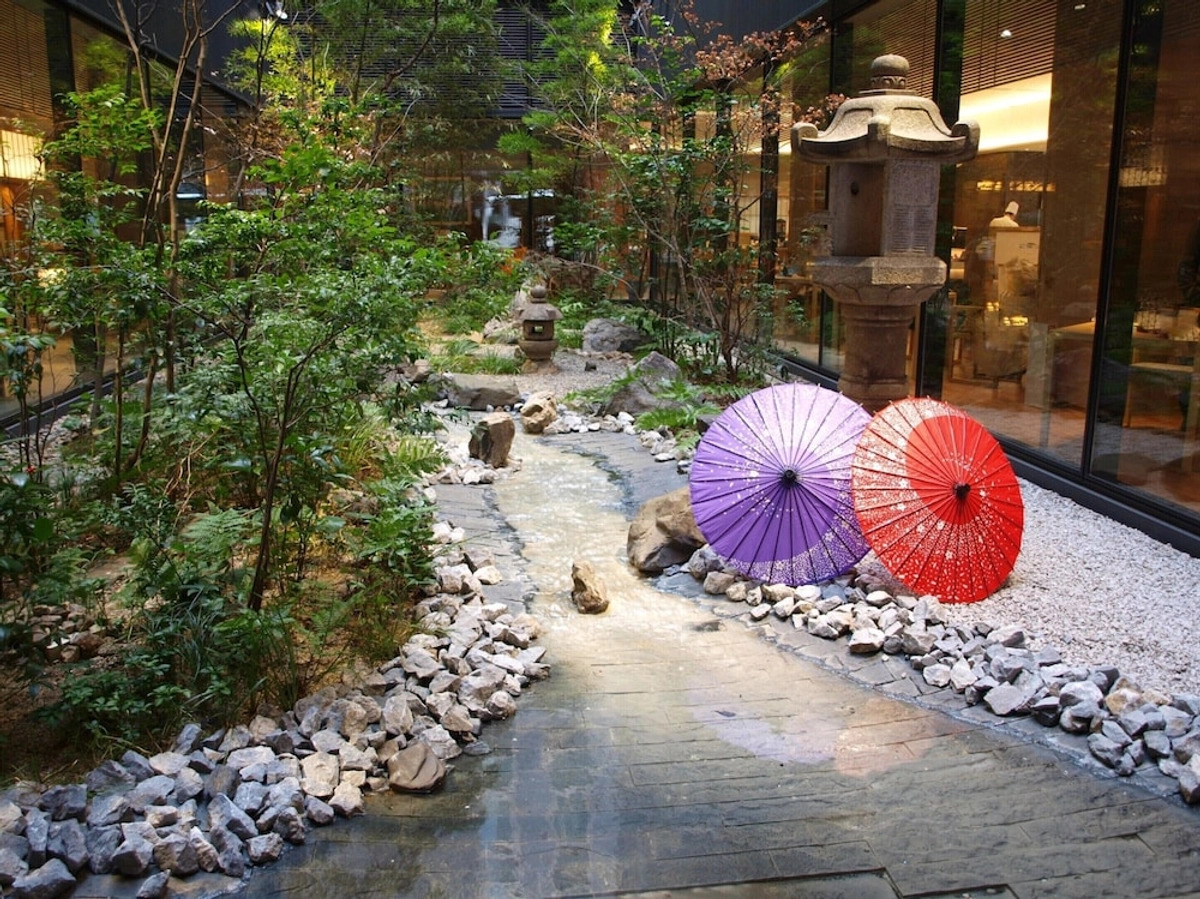



Recent Comments